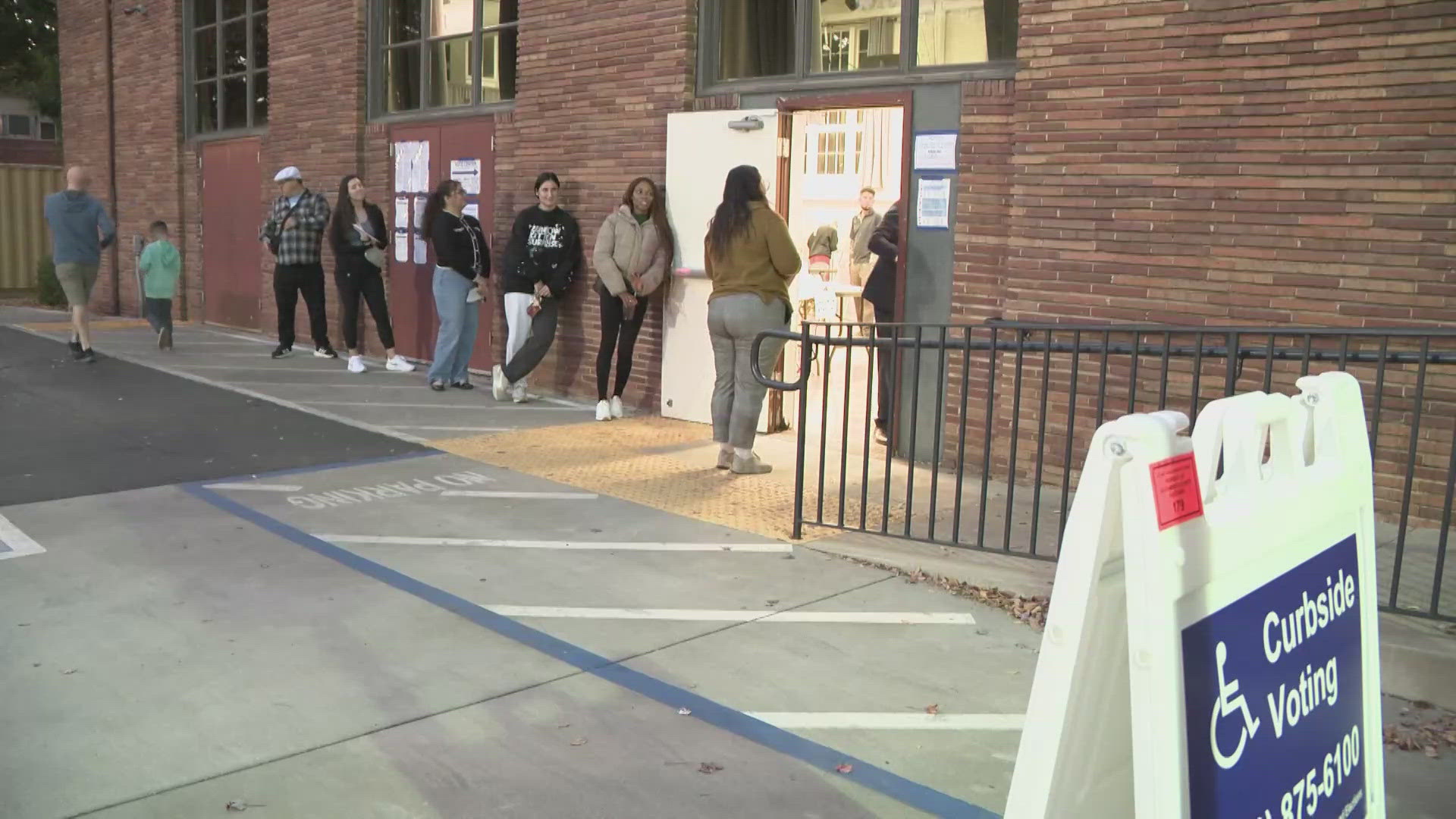DALLAS — With schools across the country closed to prevent the spread of COVID-19, a Twitter post drew lots of attention by claiming that 2020 broke a years-long streak of school shootings occurring every March.
"Last month was the first March without a school shooting in the United States since 2002," journalist Robert Klemko tweeted on April 13.
The post isn't factually incorrect - but it needs a bit more context.
THE QUESTION:
Did 2020 mark the first March since 2002 that there had not been a school shooting?
THE ANSWER:
When it comes down to this claim, it all depends on what you define as a "school shooting."
There have been a number of years since 2002 where the FBI's definition had no reported school shootings in March.
But, if you use a broader-definition, as the tweet above and multiple organizations do, there have been instances of firearms on school campuses in some capacity for every March in the last 18 years.
Basically it boils down to definition.
If you're claiming that, during the month of March for the last 18 years, there has been an active shooter situation like what happened at Parkland or Santa Fe High Schools - that claim would be false.
If you define it more loosely, it is true that there have been instances of guns being on campuses or intended school shootings during that same period.
WHAT WE FOUND:
Reports by the FBI, the National School Safety Center and the Gun Violence Archive show that there have been several years since 2002 when no shootings occurred in March.
The FBI report, “A Study of Active Shooter Incidents in the United States Between 2000 and 2013,” listed no March school shootings in 2007, 2008, 2009 and 2011. Two years, 2003 and 2004, had suicides by firearm but no other shootings at schools.
The National School Safety Center, whose figures end in February of the 2009-10 school year, mostly matches up with the FBI for shootings that occurred on campuses. The Gun Violence Archive, in a graphic appearing in The New York Times on Feb. 15, 2018, shows no March school shootings in 2014. This graphic covers January 2014 to February 2018, just after the Marjory Stoneman Douglas High School shootings in Parkland, Fla.
Much of the confusion, sparked by Washington Post reporter Robert Klemko’s tweet, is over how “school shooting” is defined.
Since it's not an officially defined term, it carries different meaning to different people. To make Klemko's claim accurate, you have to include every instance where a gun was fired at a school, even if it was a suicide or done after school hours.
The FBI report list uses the term "active shooting situation." They define an active shooter as "an individual actively engaged in killing or attempting to kill people in a confined and populated area." The FBI list tends to exclude shootings where others were not in peril, such as a suicide or the accidental discharge of a firearm on school property.
The National School Safety Center’s report went beyond shootings to include “any homicide, suicide or weapons-related violent death.” For example, it counted the fatal heart attack of a police officer who was breaking up a brawl at an Atlantic City, N.J., high school in March 2004. It also included incidents that were not on campus, such as those occurring on the way to or from school.
Gun Violence Archive defined a school shooting as an incident on an elementary, secondary or college campus where there was a death or injury from gunfire and which took place while students, faculty and staff were present.
And depending on your definition of school shooting, one database actually listed eight instances in March 2020. The K-12 School Shooting Database, lists every incident of a gun going off at a school found eight shooting instances involving schools during March 2020.
Have something you'd like VERIFIED? Click here to submit your story.



